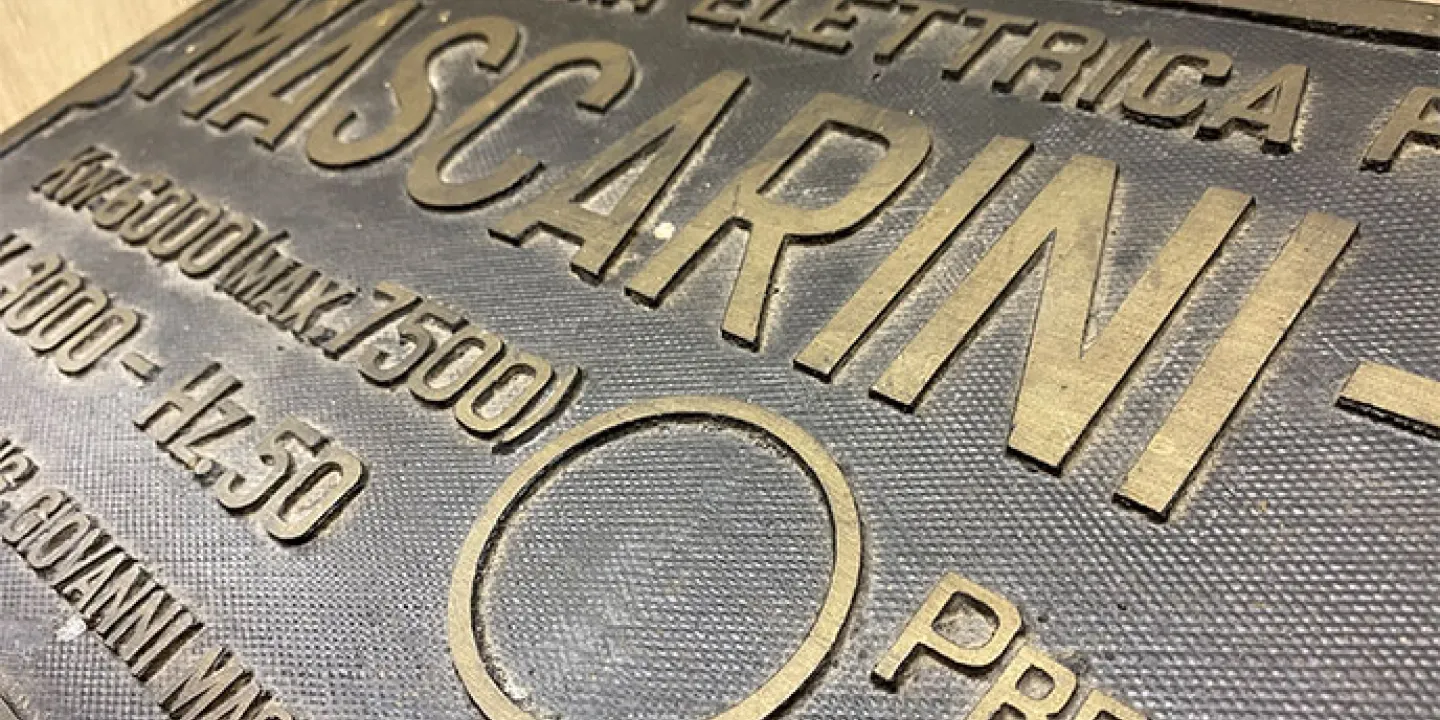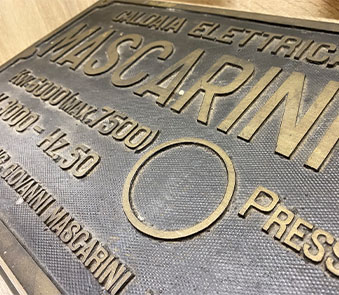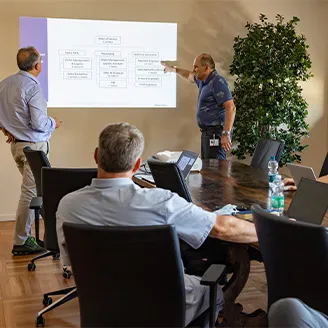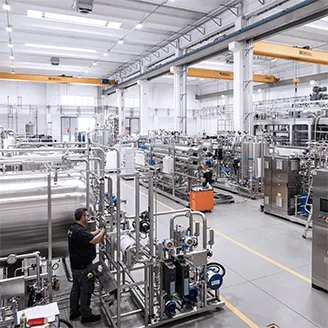About us
Our History
“Tradition is not the worship of ashes, but the preservation of fire.”
PSEUDO-JAURÈS, 1914
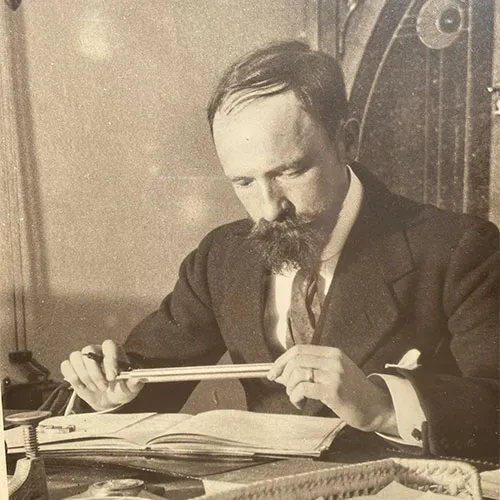
1912
Founded by Eng. Mascarini, Stilmas was first known as the Mascarini Company, focusing on the construction of innovative patented systems for industrial steam production.
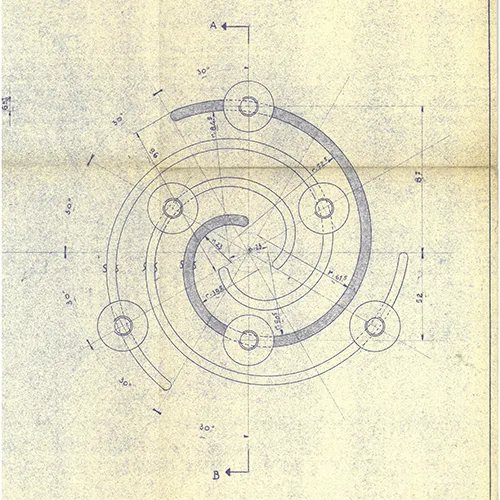

1922
Eng. Mascarini patents the automatic regulation system with concentric electrodes for electric boilers. The design of these electrodes inspires the logo of the company, still used today.
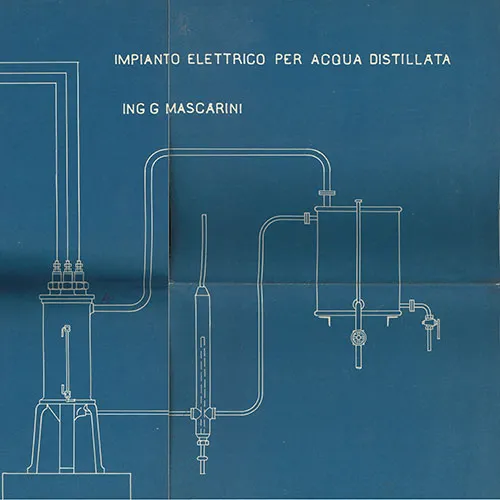

1942
The oldest preserved projects in the archive date back to the 1940s, but distillation had been studied by Mascarini since the inception of its business
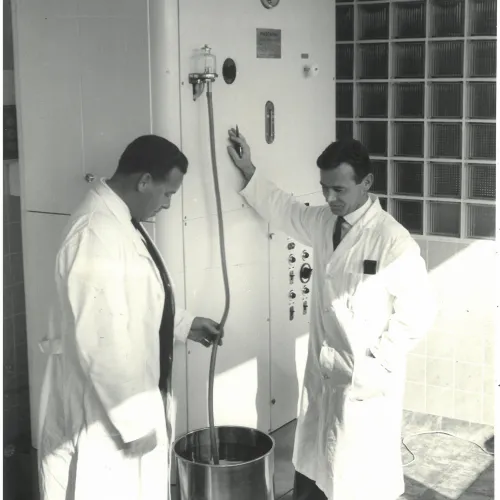

1946
The first distiller is manufactured and installed for a pharmaceutical company, kick starting further successful ventures in the pharmaceutical industry.
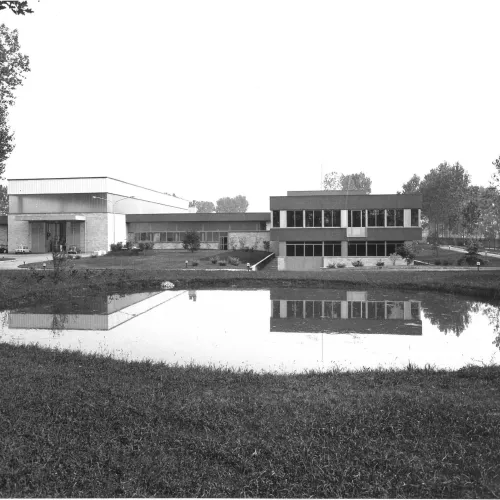

1969
A year of considerable expansion. The company moves to Settala, just outside Milan and changes its name to Stilmas, merging 'Mascarini' with 'still' from 'distillation'.
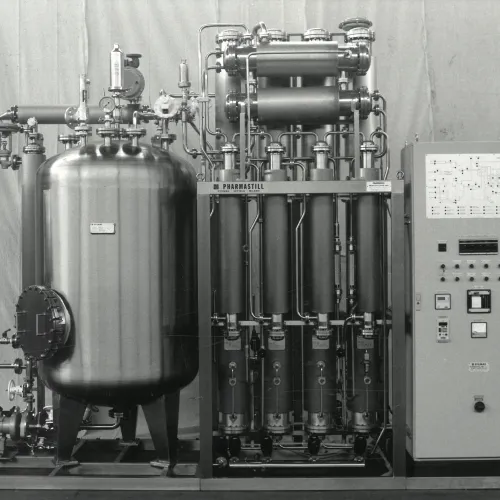

1985
Stilmas starts designing, manufacturing and delivering distillers, developing more technologies, such as multiple effect, reverse osmosis and vaporcompression.


1997
Stilmas establishes an office in China, Stilmas Shanghai, which becomes a production site in 2005.
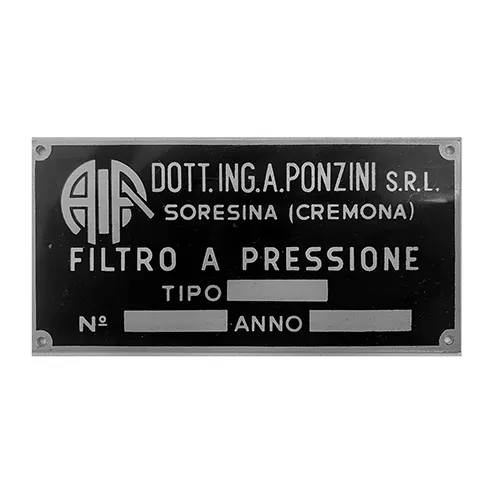

2004
Acquisition of Ponzini to support the business.


2007
Stilmas opens a subsidiary dedicated to the North American market, Stilmas USA.
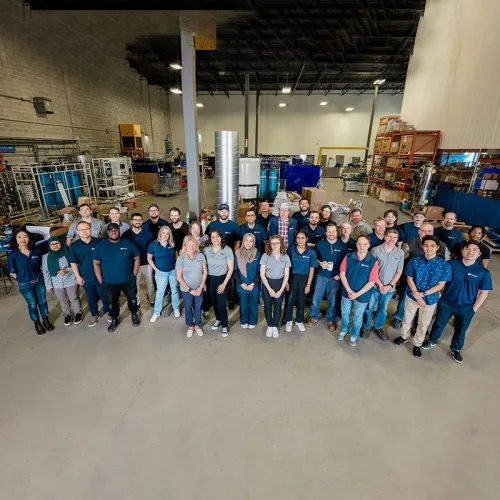

2018
Expansion of North American operations, with the acquisition of Stilmas Americas.
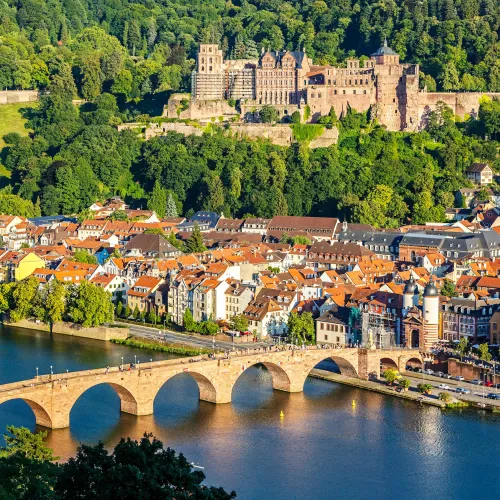

2020
Stilmas opens a sales and service hub in Germany: Stilmas Deutschland is born.

G. Mascarini-Stilmas Archive gallery
G. Mascarini-Stilmas Archive gallery
The historical archive project started in April 2021 at the request of Dr. Luca Borella, CEO of Masco Group. The main purpose is to outline the company's history, aimed at a promotion that is not mere self-referentiality, but that places the company in a national context of economic development. Now the ordered patrimony exceeds 2,000 documents, that covers a period that goes from 1912 to 1960. The archive is composed of 5 collections: technical, book, documentary, graphic and administrative material. Part of the documentation was used to create a exibiting space, which starts from the story of the founder and continues through the company's promotion and activities. The current projects include making inventories and digitization of heritage.
Mascarini’s academic degree (1902)
The electric boilers, the first projects
Patents for other fields
A new company for design and production

From 1899 to 1902, Mascarini attended the Regio Istituto Tecnico Superiore of Milan (today called Politecnico University). Four years later, he founded a company with Enrico Minneci, to design electric heating appliances.

In 1912, Mascarini founded his own company, solely to design electric boilers that produced steam for industrial heating. His work played an important part in the developments made in the field of electricity at the beginning of the 20th century.

In 1933, Mascarini filed the patent for the invention of a projector in Austria. At the same time, he developed other similar inventions, such as a color cinematograph (1935), a device for color photographs (1937), and a device for luminous advertising (1934).

In 1969, a new company was born: Stilmas. The company founded by Mascarini was transformed by Eng. Alessandro Borella to combine design with production, and got the new name. New headquarters were established in Settala (MI), with enough space for the construction of a large production hub.

From 1899 to 1902, Mascarini attended the Regio Istituto Tecnico Superiore of Milan (today called Politecnico University). Four years later, he founded a company with Enrico Minneci, to design electric heating appliances.

In 1912, Mascarini founded his own company, solely to design electric boilers that produced steam for industrial heating. His work played an important part in the developments made in the field of electricity at the beginning of the 20th century.

In 1933, Mascarini filed the patent for the invention of a projector in Austria. At the same time, he developed other similar inventions, such as a color cinematograph (1935), a device for color photographs (1937), and a device for luminous advertising (1934).

In 1969, a new company was born: Stilmas. The company founded by Mascarini was transformed by Eng. Alessandro Borella to combine design with production, and got the new name. New headquarters were established in Settala (MI), with enough space for the construction of a large production hub.
Mascarini Zeta design for FIAT
Pirelli becomes a customer
Innocenti's recreational pavilion
Supporting the production of Cordial and Bitter Campari
A distiller Richard-Ginori's ceramics
One of the most important fashion brand: La Rinascente
The heating system of Olivetti's factory

In 1949, Mascarini was awarded a project by the renowned Italian car company, FIAT, to build three electric boilers for steam production. After colloborating with the Swedish company, Zander & Ingestorm, the Mascarini Zeta was created.

In November 1924, Pirelli was one of numerous Italian companies that bought a Mascarini boiler, as seen in the sales register for that year.

Founded in 1933, Innocenti was one of the leading Italian mechanical companies. In 1939, Ferdinando Innocenti commissioned Mascarini to create a bespoke heating project for the recreational pavilion of his factory in Lambrate, Milan.
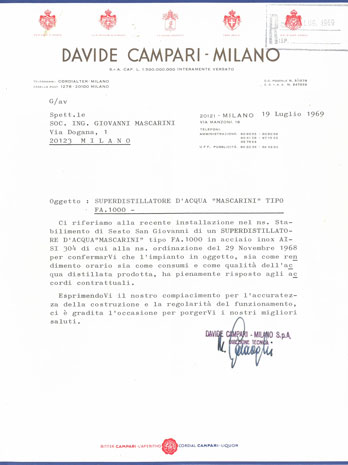
The partnership with Davide Campari (based in Sesto San Giovanni, MI), which continues to this day, began in 1968 with the order of a distiller to produce Bitter and Cordial Campari. Mascarini received a letter the following year stating the success of the collaboration.

In 1951, Richard-Ginori company commissioned a Superdistillator Mascarini M15, complying with official pharmacopeia standards, for the factory at Sesto Fiorentino (FI). The order included a distillation boiler and a large surface condenser.

Another great brand that appears in the archived orders is La Rinascente, an institution in the fashion world of Milan. In 1924, La Rinascente bought a Mascarini electric boiler, as recorded in the register of 1924-27.
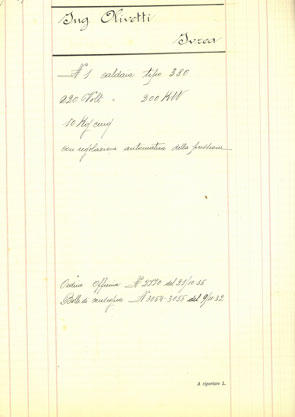
In 1932, Adriano Olivetti became director of the Olivetti Company, renowed for their typewriters. That same year, the company Ing. Giovanni Mascarini provided the first boiler to heat their factory in Ivrea.

In 1949, Mascarini was awarded a project by the renowned Italian car company, FIAT, to build three electric boilers for steam production. After colloborating with the Swedish company, Zander & Ingestorm, the Mascarini Zeta was created.

In November 1924, Pirelli was one of numerous Italian companies that bought a Mascarini boiler, as seen in the sales register for that year.

Founded in 1933, Innocenti was one of the leading Italian mechanical companies. In 1939, Ferdinando Innocenti commissioned Mascarini to create a bespoke heating project for the recreational pavilion of his factory in Lambrate, Milan.

The partnership with Davide Campari (based in Sesto San Giovanni, MI), which continues to this day, began in 1968 with the order of a distiller to produce Bitter and Cordial Campari. Mascarini received a letter the following year stating the success of the collaboration.

In 1951, Richard-Ginori company commissioned a Superdistillator Mascarini M15, complying with official pharmacopeia standards, for the factory at Sesto Fiorentino (FI). The order included a distillation boiler and a large surface condenser.

Another great brand that appears in the archived orders is La Rinascente, an institution in the fashion world of Milan. In 1924, La Rinascente bought a Mascarini electric boiler, as recorded in the register of 1924-27.

In 1932, Adriano Olivetti became director of the Olivetti Company, renowed for their typewriters. That same year, the company Ing. Giovanni Mascarini provided the first boiler to heat their factory in Ivrea.
Brand identity in exhibitions
Mascarini pavillion around the world
The first trace of an exhibition: Grenoble 1925
A strategic involvement in trade shows for textiles
The European trade fairs

In 18th century Europe, the industrial revolution had led to a general shift in the way trade fairs were organised. From around this time, most industry trade fairs tried to imitate the grandness of the great world exhibitions. This led to an evolution in the promotional language used within the industry.
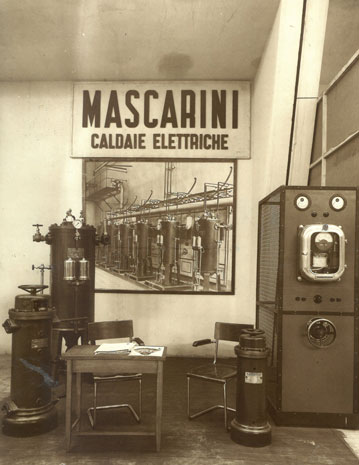
Since the 1920s, Mascarini had invested in exhibiting in trade shows, either independantly or together with other companies. He was present at all the important fairs around the world, from the European ones in Padova, Cagliari and Bari, to international events in Grenoble, Bordeaux, Zagreb, Paris, Marseilles, even Moscow.

We can see that Mascarini participated in trade fairs in a register of boilers, compiled betwen 1924-1927. In 1925, a boiler was shown at the Grenoble Fair, sold to Appareilages Simms (Lyon).

Mascarini's company took part in the exhibitions of the companies he worked with, as well as in those of his customers. In 1936, a steam producing boiler was shown, standing next to Marzotto Wool Mill machines. He would meet other exhibitors at these fairs, knowing they could be future customers.

Throughout the first decades of his company's existence, Mascarini took part in European trade fairs; he understood the importance of exporting his trade abroad from the very start. In 1950, the Marelli pavillion showed a Mascarini distiller at the Electro Technical Engineering Trade Show in Paris.

In 18th century Europe, the industrial revolution had led to a general shift in the way trade fairs were organised. From around this time, most industry trade fairs tried to imitate the grandness of the great world exhibitions. This led to an evolution in the promotional language used within the industry.

Since the 1920s, Mascarini had invested in exhibiting in trade shows, either independantly or together with other companies. He was present at all the important fairs around the world, from the European ones in Padova, Cagliari and Bari, to international events in Grenoble, Bordeaux, Zagreb, Paris, Marseilles, even Moscow.

We can see that Mascarini participated in trade fairs in a register of boilers, compiled betwen 1924-1927. In 1925, a boiler was shown at the Grenoble Fair, sold to Appareilages Simms (Lyon).

Mascarini's company took part in the exhibitions of the companies he worked with, as well as in those of his customers. In 1936, a steam producing boiler was shown, standing next to Marzotto Wool Mill machines. He would meet other exhibitors at these fairs, knowing they could be future customers.

Throughout the first decades of his company's existence, Mascarini took part in European trade fairs; he understood the importance of exporting his trade abroad from the very start. In 1950, the Marelli pavillion showed a Mascarini distiller at the Electro Technical Engineering Trade Show in Paris.
The three-phase electric boiler (1916)
The concentric electrodes (1920s)
The first distiller: the 'electro-alembic'
The thermocompression technology
The distillation of sea water
Design and production of Pharma-still®
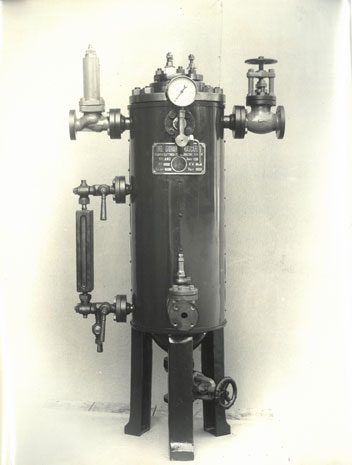
In 1916, Mascarini filed his first patent for the design of the three-phase electric boiler. His boilers were intended both for heating or production of industrial steam. Customers included Italian companies of all sizes, that needed steam energy for the manufacture of their goods.

The first designs for self-regulating boilers date back to the 1920s. Different types of immersed electrodes were designed, until the most effective were chosen: the concentric electrodes which are now the symbol of the company.
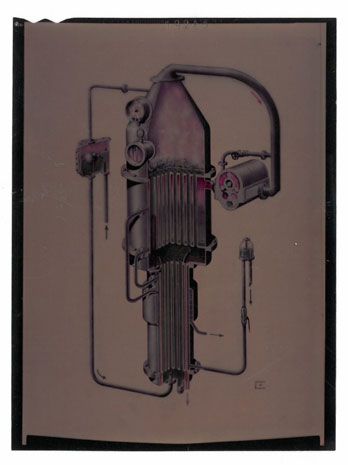
The first Mascarini distillers were alembic stills powered by electricity, generally used for small quantities of water. The word 'distillers' was used up until 1950, when the term 'electro-alembic' appeared for the first time in a drawing's title.

In the 1950s, Mascarini adopted the thermocompression (or vaporcompression) technology, which was first designed in Germany in the early 1920s; as it was capable of producing higher volumes of distilled water. In the following decade, Mascarini patented a device for its automation, resulting in greater efficiency and limiting energy waste.
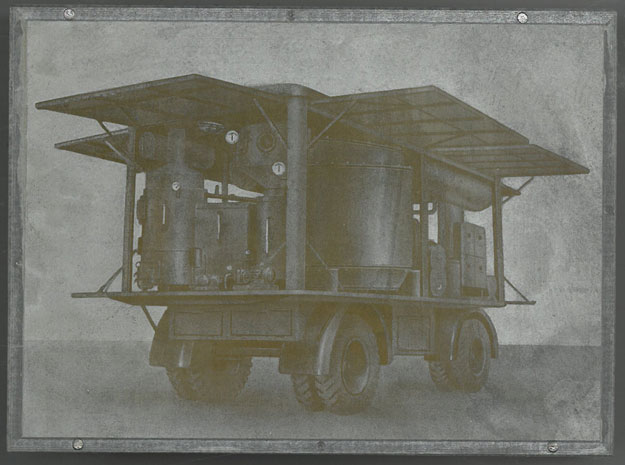
The first Mascarini projects for water purification date from the 1950s. The distillation of sea water into drinking water is a process that was necessary on ships, islands and in other remote places.

The Italian pharmaceutical sector grew considerably after the Second World War. The first order preserved in the Mascarini-Stilmas historical archive, which clearly refers to a pharmaceutical use of the distiller, is dated 1946 and signed by Techmachimport.

In 1916, Mascarini filed his first patent for the design of the three-phase electric boiler. His boilers were intended both for heating or production of industrial steam. Customers included Italian companies of all sizes, that needed steam energy for the manufacture of their goods.

The first designs for self-regulating boilers date back to the 1920s. Different types of immersed electrodes were designed, until the most effective were chosen: the concentric electrodes which are now the symbol of the company.

The first Mascarini distillers were alembic stills powered by electricity, generally used for small quantities of water. The word 'distillers' was used up until 1950, when the term 'electro-alembic' appeared for the first time in a drawing's title.

In the 1950s, Mascarini adopted the thermocompression (or vaporcompression) technology, which was first designed in Germany in the early 1920s; as it was capable of producing higher volumes of distilled water. In the following decade, Mascarini patented a device for its automation, resulting in greater efficiency and limiting energy waste.

The first Mascarini projects for water purification date from the 1950s. The distillation of sea water into drinking water is a process that was necessary on ships, islands and in other remote places.

The Italian pharmaceutical sector grew considerably after the Second World War. The first order preserved in the Mascarini-Stilmas historical archive, which clearly refers to a pharmaceutical use of the distiller, is dated 1946 and signed by Techmachimport.
The original logo
Changes in production and identity
The section of concentric electrodes (1963)
The Stilmas logo

The evolution of the company logo says a lot about the company itself. In the beginning in 1912 it was a symbol with the acronym 'GM', the initials of the founder who embodied the company, written in a style that was popular at the time.

In the 1940s, the logo changed along with a major change in production. The new one featured two crossed alembic stills, forming the letter 'M'. The company's new product was now its symbol.

In 1963 a new logo was patented, this time more graphical, which symbolized the evolution of the company itself: it represented the concentric electrodes, developed and patented by Mascarini. This symbol is still present in Stilmas' logo to this day.

In 1969, the Stilmas brand was born, combining 'still' from 'distiller' with the abbreviation of Mascarini, 'mas'. This same logo, along with the electrode graphic, is still used today.

The evolution of the company logo says a lot about the company itself. In the beginning in 1912 it was a symbol with the acronym 'GM', the initials of the founder who embodied the company, written in a style that was popular at the time.

In the 1940s, the logo changed along with a major change in production. The new one featured two crossed alembic stills, forming the letter 'M'. The company's new product was now its symbol.

In 1963 a new logo was patented, this time more graphical, which symbolized the evolution of the company itself: it represented the concentric electrodes, developed and patented by Mascarini. This symbol is still present in Stilmas' logo to this day.

In 1969, the Stilmas brand was born, combining 'still' from 'distiller' with the abbreviation of Mascarini, 'mas'. This same logo, along with the electrode graphic, is still used today.
